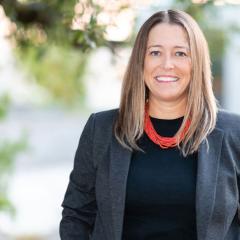Tradeoffs of using place‐based community science for urban biodiversity monitoring
Editor's note: The following abstract is for a paper that Sarah Reed co-authored with one of her graduate students.
Abstract
Community science, the enlisting of volunteers to collect biodiversity data, is now common and widespread. In theory, the benefits of this model are complementary: community science programs produce useful datasets while engaging the public in conservation. However, in practice there may be tradeoffs regarding data quality, economic cost, and public engagement, which are rarely quantified. To assess program structure and relative outputs, we evaluated the tradeoffs associated with (a) employing paid technicians or (b) recruiting community science volunteers to collect bird and butterfly data for an urban biodiversity project. We found mixed results for data quality; the probability of detecting human‐adapted species was similar between technicians and community scientists, but community scientists were less likely to detect human‐sensitive species and overreported the abundance of human‐adapted birds. Habitat use estimates for four out of five species were comparable between the two datasets, although uncertainty was greater for community science data. Community scientists were more efficient in terms of economic cost, producing one and a half times more bird and two times more butterfly surveys and detections per paid work‐hour. Community scientists improved their ability to identify local species (birds by 16%; butterflies by 31%). Lastly, community scientists reported an increased interest in educational or volunteer programs after participating in monitoring but were less likely to report an increased interest in taking conservation action. To improve data quality, we recommend that training focus on identifying human‐sensitive species and tracking multiple individuals of the same species during surveys. To catalyze changes in attitudes, programs should focus on recruiting members of the public with diverse preexisting attitudes toward conservation. Although we demonstrate some shortcomings, our findings add to a growing body of literature that suggests community science can increase scientific literacy and efficiently produce data of similar quality to technicians, particularly for common species.
Read the article (open access)
